Open topic with navigation
Installing RHEL direct to SAN
This section provides step-by-step instructions on how to install and boot Red Hat Enterprise Linux (RHEL) 5 from iSCSI SAN using Double-Take Flex. No special hardware is required. Any server equipped with a PXE-bootable NIC and hardware-compatible with RHEL is supported.
Prerequisites
This section lists the prerequisites for installing RHEL direct to SAN.
Hardware
- PC Server (x86 or x64 based system) that supports RHEL 5.3 (or later)
- Network adapter with a PXE boot ROM (PXE v2.0 or later)
Restriction: Due to the way drives are enumerated by RHEL, this should be a diskless machine with no local hard drives.
Restriction: The SAN target should have the security capability to restrict a client to access only one LUN. For instructions about configuring the SAN target, refer to the vendor's documentation.
Software
- Double-Take Flex
- RHEL 5.3 (or later) bootable DVD
In this example, RHEL 5.3 was used.
Infrastructure preparation
To prepare for installing RHEL direct to SAN, perform the following tasks:
- On a server, install the Double-Take Flex Management Server.
See Installing the Double-Take Flex Management Server.
- In the Double-Take Flex Management Console, configure the Double-Take Flex services.
See Configuring Double-Take Flex services.
- Define a portal where you will configure an iSCSI target.
See Working with portals.
- Configure an iSCSI target.
See Working with targets.
- Add the client.
See Working with Flex Clients. You can optionally create a group and add the client to the group. If you want to use groups, see Working with Flex Client groups.
- Enable the Double-Take Flex PXE boot menu for the iSCSI boot client (the machine that you want to run RHEL on). After installation is complete, it is recommended that you disable the PXE boot menu. You can select this option on the Advanced tab in the Properties dialog box for the Flex Client or Flex Client group.
- Assign the target to the client.
See Working with target associations.
- Insert the RHEL DVD into the Double-Take Flex Client and power it on.
Installing RHEL on an iSCSI SAN target
|
Note:
|
The process shown in this section is exclusive to RHEL 5.3. Double-Take Software recommends that you read the RHEL Release Notes before setting up Double-Take Flex for RHEL versions other than 5.3
|
To install RHEL on an ISCSI SAN target, perform the following steps:
- In the client's BIOS Setup, configure the boot order of the client so that the Network boot (PXE boot) is first followed by CD-ROM. Press Enter. When prompted to confirm the selection, select Yes and press Enter.

- Boot the client.
The client will boot from the Double-Take Flex Management Server using PXE.
A boot menu similar to that below is displayed.
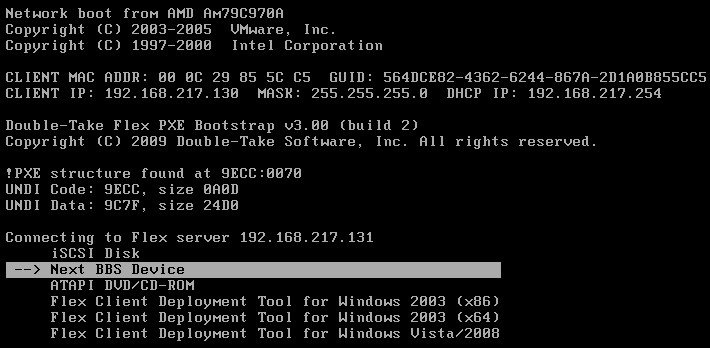
- If your client machine is compliant with BIOS Boot Specification (BBS), select Next BBS Device; if it is not or if you are unsure, select ATAPI DVD/CD-ROM. Press Enter.
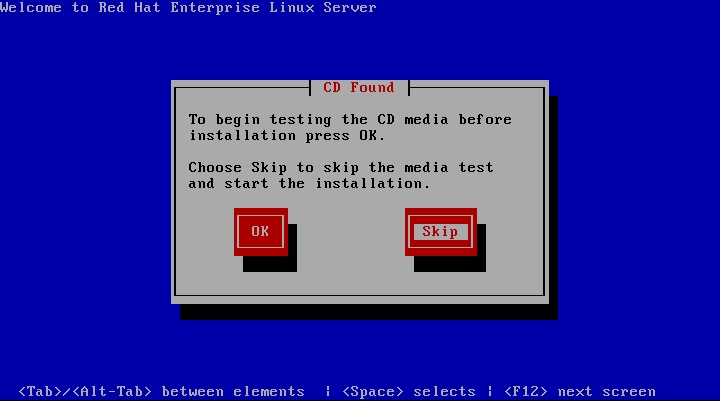
- When the DVD is detected, you can select to test the DVD media. To skip the testing, select Skip and press Enter.
The client will then boot from the DVD, and the installation page is displayed.
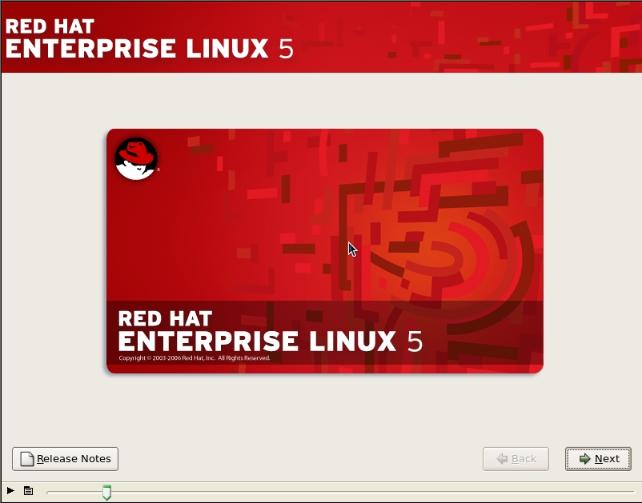
- Click Next.
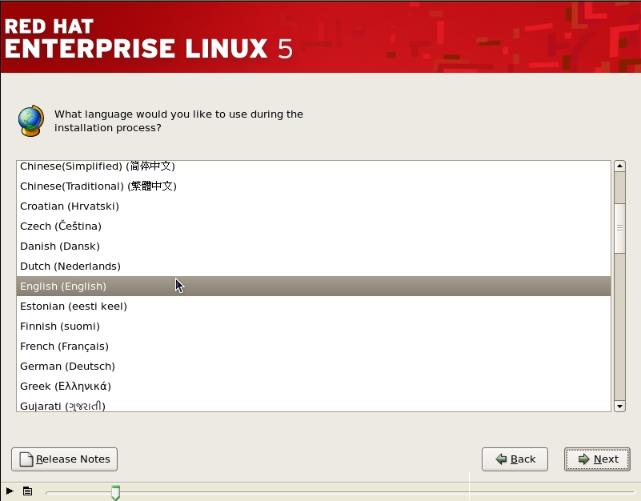
- Select the language English (English) and click Next.
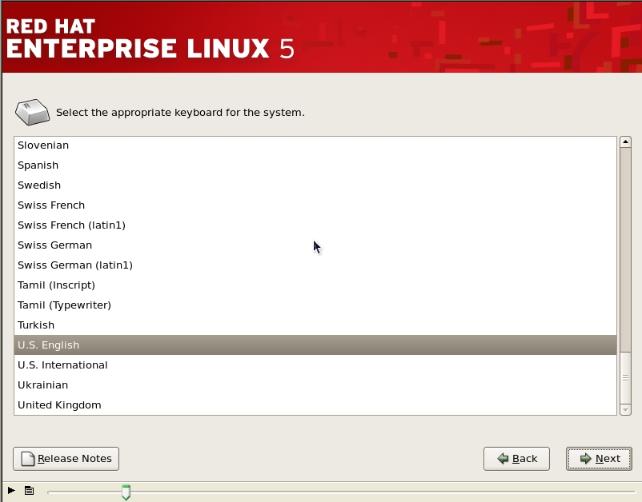
- Select the appropriate keyboard type and click Next.

- On the Installation Number dialog box, select Installation Number and specify the product installation number then click OK.
If you cannot locate the installation number, see http://www.redhat.com/InstNum/.
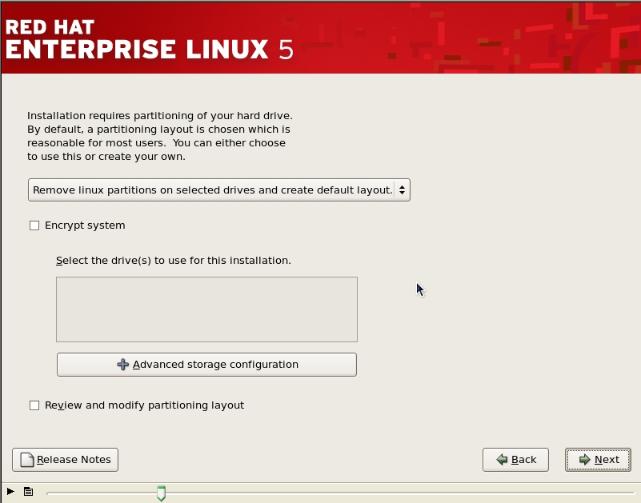
- Make sure the iSCSI disk you specified is listed and selected as sda.
- If this is a brand new disk, or it has been partitioned under Linux, choose Remove linux partitions on selected drives and create default layout.
- If the disk has another partition type, such as NTFS, choose Remove all partitions on selected drives and create default layout.
- To add an iSCSI target, click Advanced storage configuration.
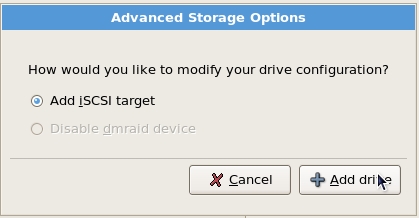
- On the Advanced Storage Options dialog box, click Add drive.
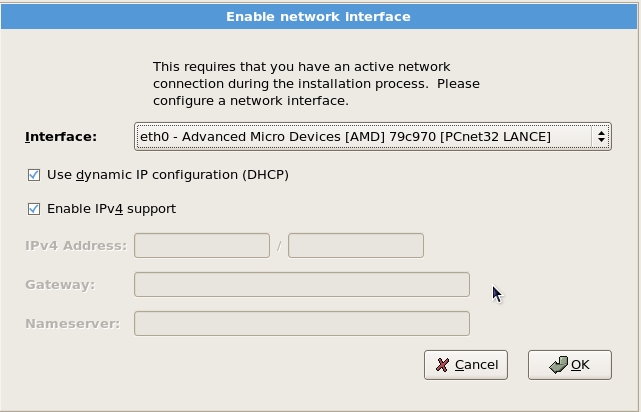
- Specify network parameters or accept the default values and click OK.
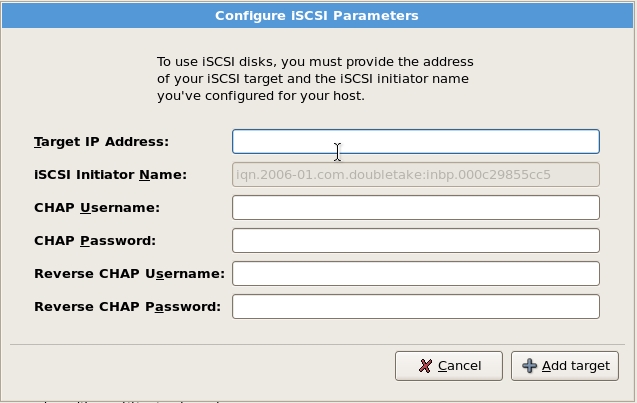
- On the Configure iSCSI Parameters page, specify the following information and click Add target.
- Target IP Address (same as that used in the Double-Take Flex Management Server configuration for this client)
- (pre-populated) iSCSI Initiator Name. The initiator name should be the one that you specified in your SAN configuration to restrict this client to only access one LUN.
- (optional) CHAP authentication parameters
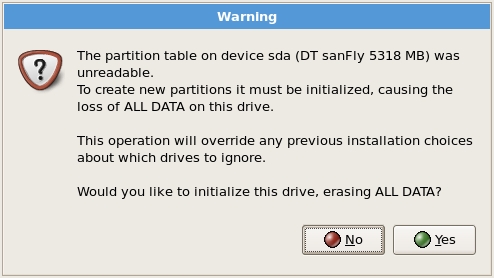
- Click Yes to initialize the drive.
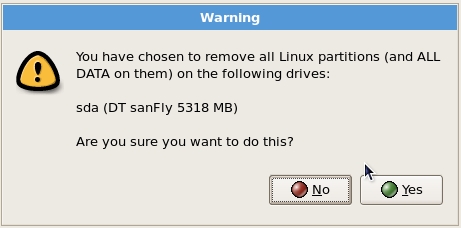
- Click Yes to confirm the removal of any or all Linux partitions.
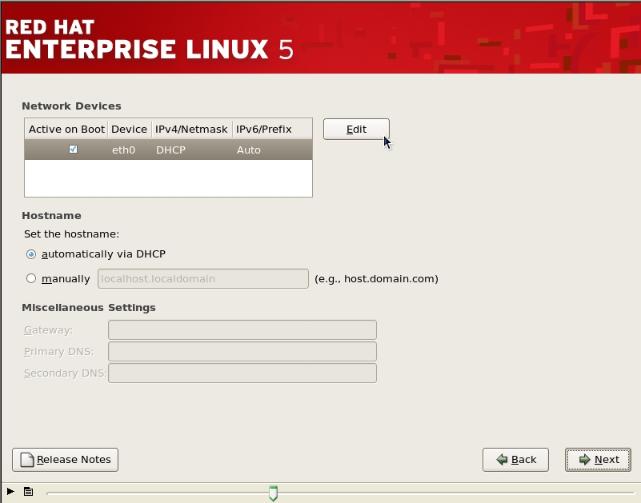
- On the Network Devices page, click Edit.
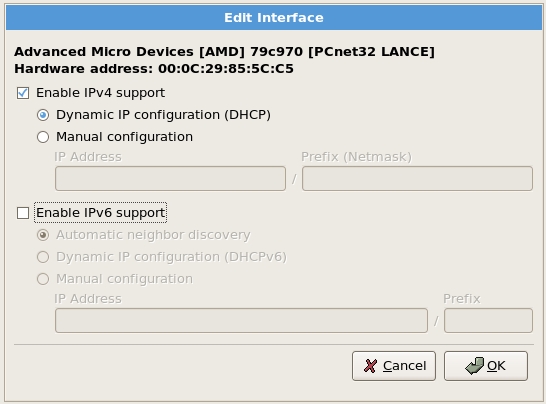
- Review the parameters, click OK, and proceed with the remainder of the installation.
- When the installation completes, click Reboot upon prompt.
When the machine reboots from the network using PXE, let it boot from SAN. The iSCSI portal and target name will be passed from the Double-Take Flex Management Server to the RHEL iBFT implementation and used to boot from iSCSI.
There may be multiple reboots before the process is complete. Eventually, the user can log in and the RHEL desktop is displayed.















